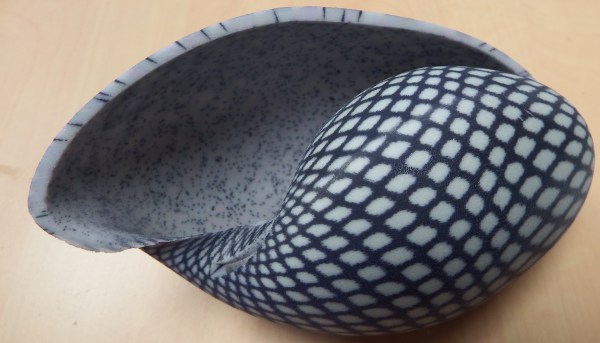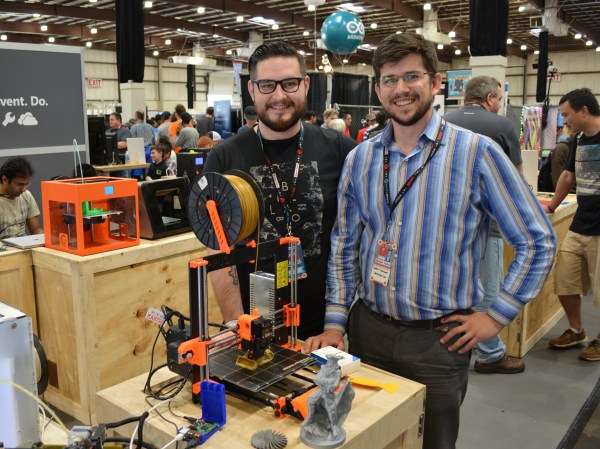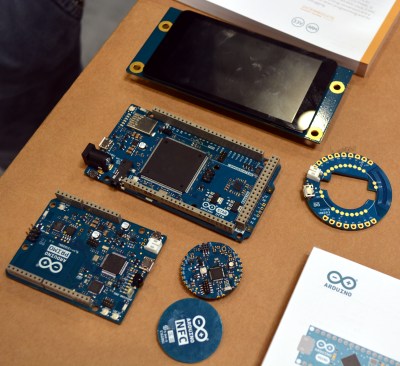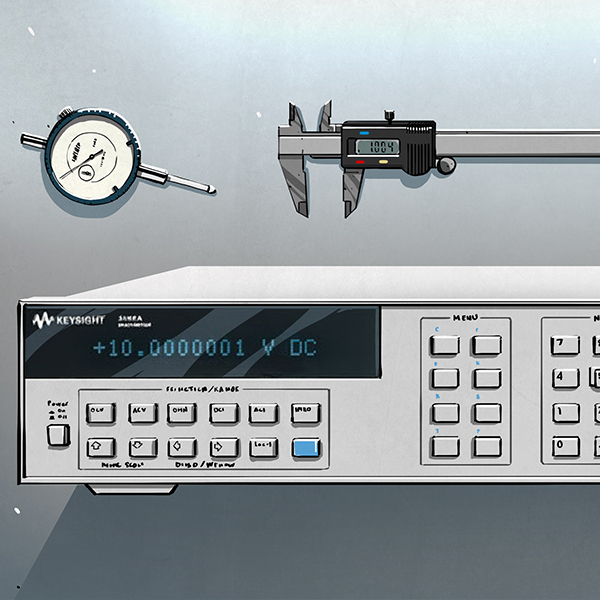Samy Kamkar has an incredible arsenal of self-taught skills that have grown into a remarkable career as a security researcher. He dropped out of high school to found a company based on Open Source Software and became infamous for releasing the Samy worm on the MySpace platform. But in our minds Samy has far outpaced that notoriety with the hardware-based security exploits he’s uncovered over the last decade. And he’s got a great gift for explaining these hacks — from his credit card magstripe spoofing experiments to hacking keyless entry systems and garage door opener remotes — in great depth during his talk at the 2016 Hackaday Superconference.
We pulled Samy aside after his talk to discuss how the security scene has grown up over the years and asked him to share his advice for people just coming up now. We’re happy to publish it for the first time today, it can be seen below.
Now it’s your turn. The Call for Proposals is now open for the 2017 Hackaday Superconference. You don’t need to be Samy Kamkar to qualify for a talk. You just need an interesting story of hardware engineering, creativity in technical design, an adventure with product design, or a sordid tale of your prototyping experiences. We hope everyone with a story will submit their proposal, but for those who don’t tickets are now available. The Hackaday Superconference will take place in Pasadena, California on November 11th and 12th.













 The new boards are called Arduino Primo, Arduino Core, Arduino Alicepad, and Arduino Otto.
The new boards are called Arduino Primo, Arduino Core, Arduino Alicepad, and Arduino Otto.








